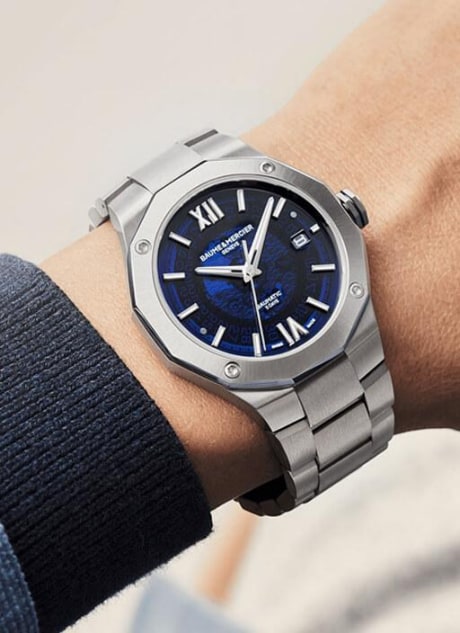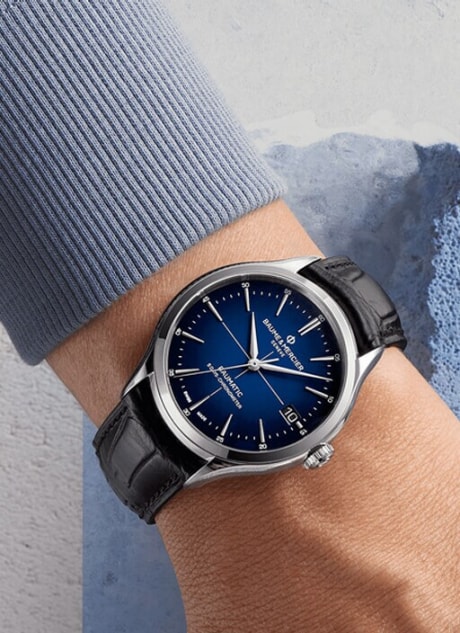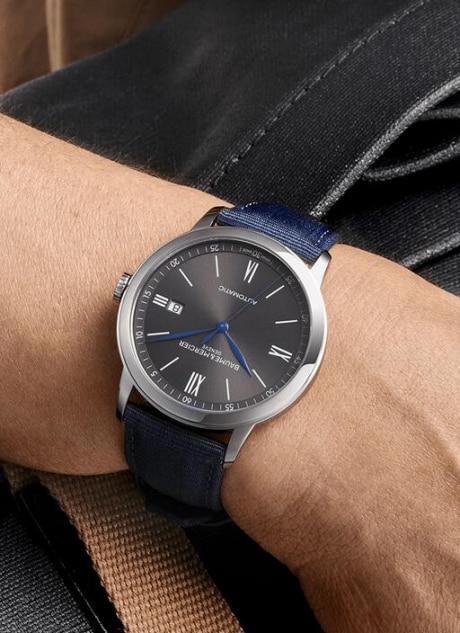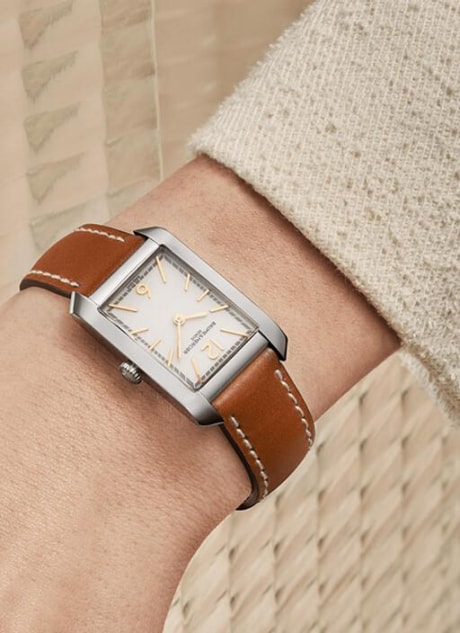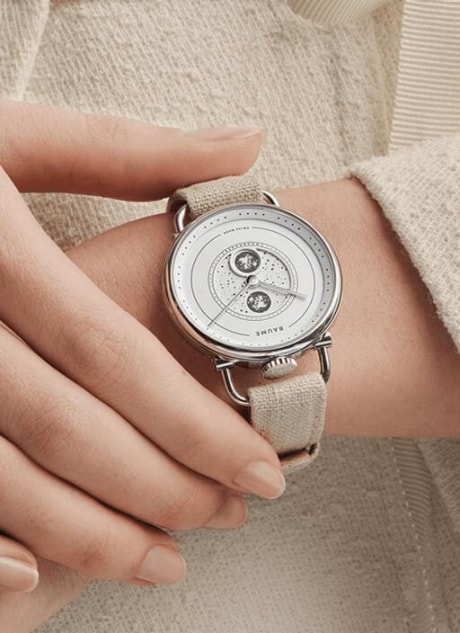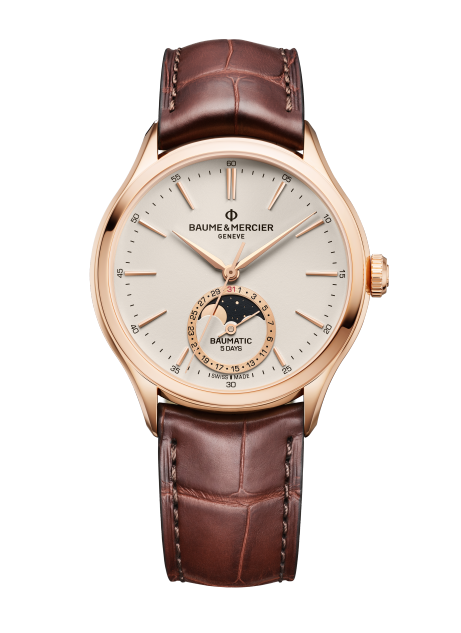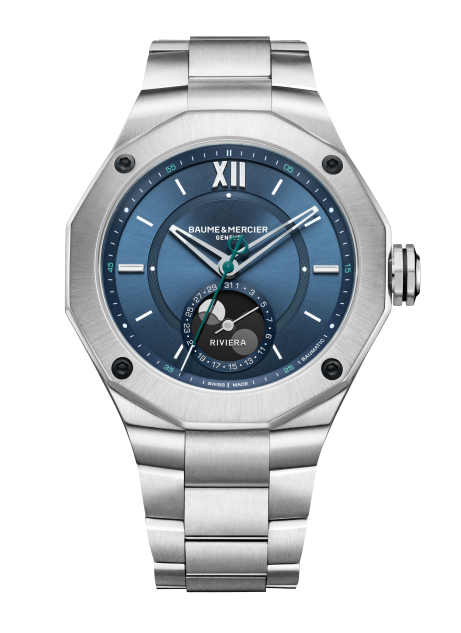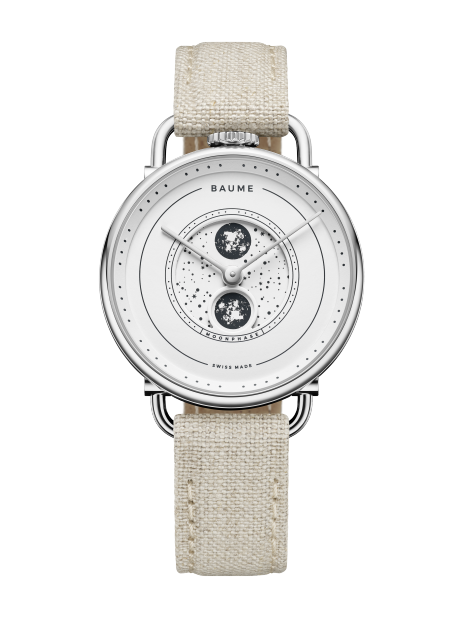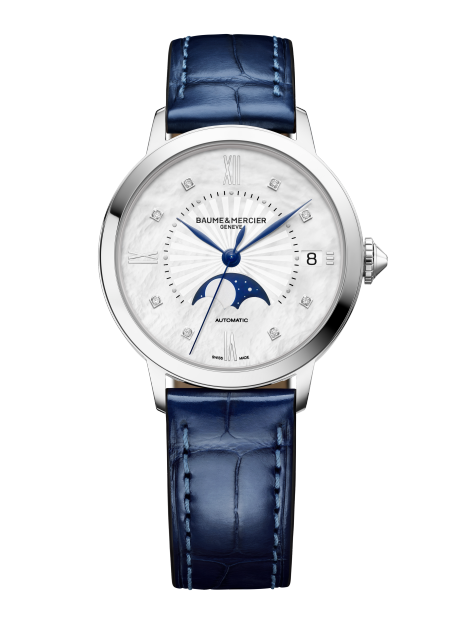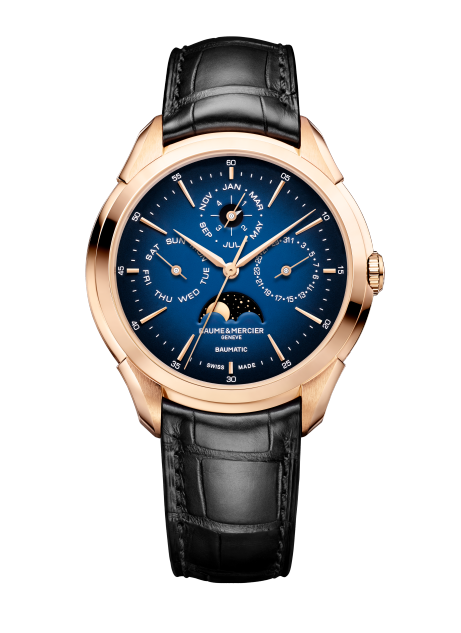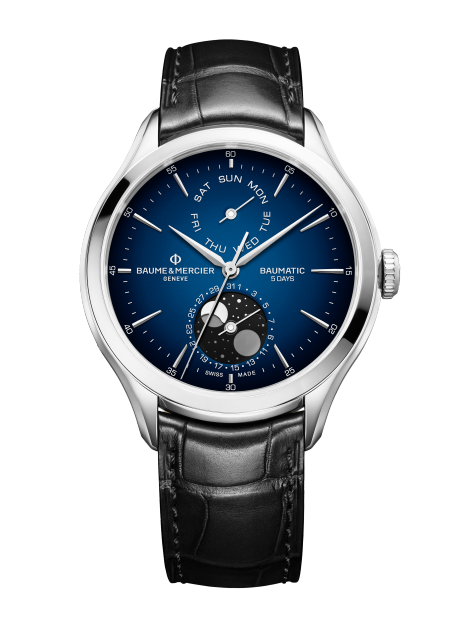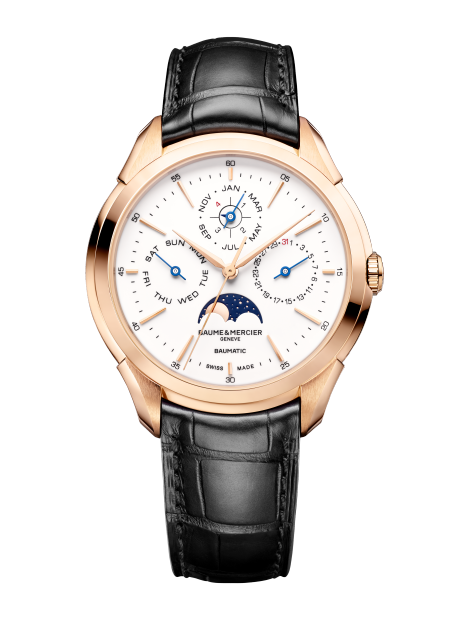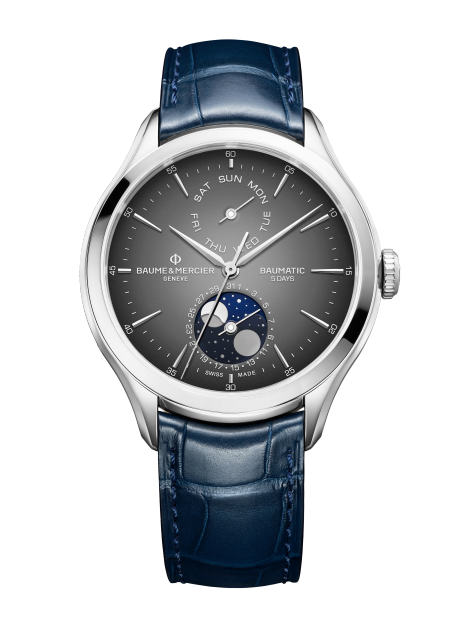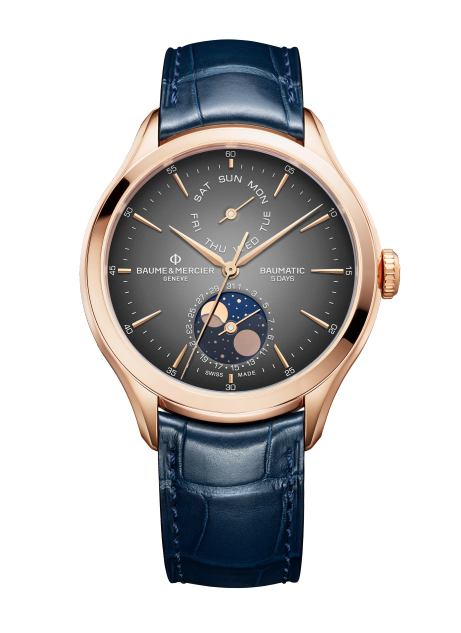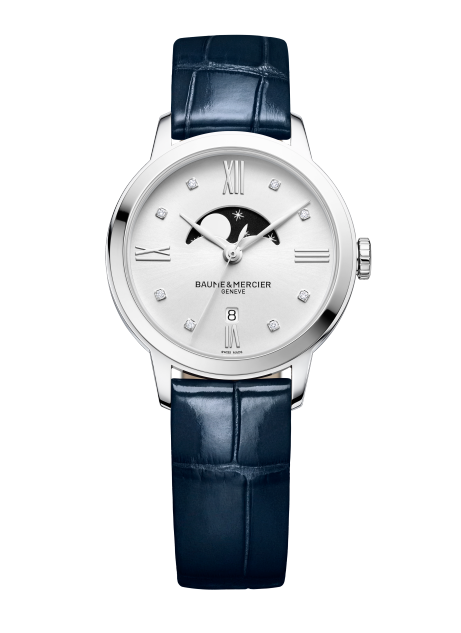
All our moon phase watches
No other watch complication has lasts as well as the moon phase. Tracking the movements of the sun and moon is at the very heart of timekeeping, both ancient and modern, there is no wonder that the moon phase watch continues to be one of the most coveted and awe-inspiring facets of watchmaking to this day.
What is a moon phase watch?
A watch that displays the lunar phases in an aperture on the dial is a moon phase or lunar phase watch. Nowadays, included more as an aesthetic feature than a practical one, the inclusion of the phases of the moon adds a poetic feel to luxury timepieces.
On a never-ending quest to capture time in all its forms, horologists have been integrating the moon's phases for centuries. As far back as 205 BC, ancient Greek timekeepers built the earliest known mechanical moon phase clock, the Antikythera, which displayed the position of the moon, the known planets, and the dates of the upcoming Olympic games.
More than one thousand years later, the first astronomical clocks were built. These complicated and highly ornate timepieces included the phases of the moon and the known planets. Traditionally, only the finest clocks and watches were adorned with the phases of the moon, which is why even today, a moon phase watch is associated with luxury and superior craftsmanship.
Types of moon phase watches
Over the years, the style of the lunar indicator has changed dramatically, evolving from a rosy-cheeked lunar face to the glittering elegance of today’s most beautiful moon phase watches manufactured in Switzerland.
You’ll find the complication on day/date watches. Take for example the Clifton 10547, an automatic moon phase watch for men featuring a golden lunar disc along with a small seconds, weekday, and date function. It may also appear as the centerpiece of the dial, such as on the Promesse 10347. This is a quartz-driven moon phase watch for women that features a blue dial studded with diamonds and reminiscent of the starry night.
While there are various styles and types, there are two distinct versions of moon phase watches – the bosom and the radial. A bosom moon phase watch will display the moon disc through the aperture on the dial to reflect the actual phase. You can see this with the Classima 10633, a diamond quartz moon phase watch for women. A radial lunar watch uses an indicator hand to indicate the moon phase.
How does a moon phase watch work?
Moon phase watch movement is based on the synodic month – which is the average period of time required for the moon to return to its original position in relationship to the sun and the earth. The synodic month is 29.53 days.
To drive the lunar movement, watchmakers use a small, many-toothed wheel, which turns the lunar disc. Usually, the wheel contains 59 teeth, and the disc of the moon phase complication will have two identical moons – one that you can see through the aperture and the other that’s below the dial. For even greater precision, some of the best moon phase watches are made with a 135-tooth wheel.
To complete a cycle, the wheel uses a mechanical finger to move the moon disc forward one movement per day. Once the wheel advances one moon through one synodic cycle, it starts moving the second moon. The 59 notches create two lunar cycles (29.5 advances, two times).
How to adjust a moon phase watch?
As the actual synodic month is slightly longer than 29.5 days, you’ll have to adjust the moon phase indicator about every three years with a 59-toothed wheel. You may also need to set your watch when you first purchase it.
To set up a moon phase watch or to adjust it, you’ll need to manipulate the hidden pusher found on the side of the watch case. Using a pointed tool that won’t scratch the case, simply push down and adjust the complication until you advance the moon to the proper phase.
Baume et Mercier moon phase watches are extremely precise, so you won’t need to adjust the complication often.
How to wear your moon phase watch?
Reminiscent of traditional European watchmaking in the 18th and 19th centuries, lunar phase watches offer a vintage style that makes them appealing to watch collectors and anyone looking for a distinctive yet romantic aesthetic in their wristwatch.
From the exquisite ladies moon phase watches in the Classima collection to the refined elegance of Baume et Mercier automatic chronograph men’s watches, there is a moon phase timepiece to suit every taste. Explore our collection of luxury moon phase watches for men and women today.

